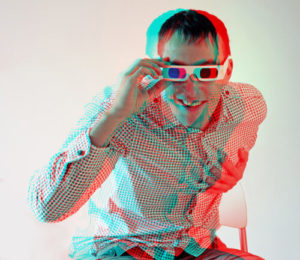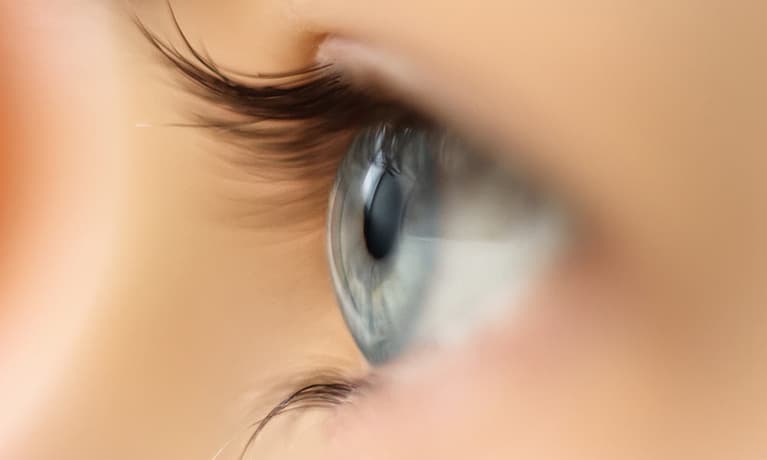Have you been to see any 3D movies lately? Summer blockbusters are in full swing and some of our soon-to-be favorite movies are being released in 3D. I recently found myself at a 3D film, but the glasses I was given were nothing like the red/blue paper glasses I wore at movies as a kid. During my recent movie experience, I periodically removed the 3D glasses only to find the image on the screen was blurry. It was only clear with the glasses. How do 3D glasses really work anyway?
As with anything we perceive with our eyes, it is the brain that does the real work of interpreting what we are seeing. The brain uses images from both our right and left eyes to build a 3-dimensional visual experience. Because the eyes are positioned 2-3 inches apart and therefore see the same image from two slightly different perspectives, the brain is able to interpret or “see” depth.

To make your brain perceive a 3D experience from a 2D image like a movie screen, your brain must be “tricked” into interpreting depth. With today’s technology, most 3D movies are using polarization to accomplish this (as opposed to color filters). Think of polarization as a light filter – the lens only lets light pass when it is similarly polarized. When the two lens of the 3D glasses are polarized differently, each lens filters out certain lightwaves that the other does not. Using this, the film maker layers two polarized versions of the images onto the screen angled from two slightly different perspectives. Without the 3D glasses, the movie appears fuzzy because the the two images are confusing without the polarization effect. But with the glasses you get the sense that images are coming toward you or floating through the air!
The glasses are the key. Because there are several types of 3D technology, it’s best to use the glasses that the movie theater gives you to ensure that the 3D technology in the glasses and in the movie are working together for your best 3D experience.

Get out there and enjoy the movies!
**Keep in mind that some people respond negatively to the 3D experience. Headaches, dizziness, and even nausea have been reported. Anytime you experience these symptoms (regardless of the reason) and they don’t go away, see your doctor.
Written By Jenny I, Surgical coordinator at Milwaukee Eye Care.










